(First upload on October 24 2008. Last on July 9 2025) [ 日本語 | English ]
Mount Usu / Sarobetsu post-mined peatland
From left: Crater basin in 1986 and 2006. Cottongrass / Daylily
HOME > Plant list (植物リスト) > Droseraceae (モウセンゴケ科) > Drosera anglica
Drosera L. (モウセンゴケ)Nagabanomousengoke (ナガバノモウセンゴケ, 長葉ノ毛氈苔), great sundew, or English sundewLifeform: perennial carnivorous forb (食虫植物) Distribution (map): widespred in circumboreal regions (also reported from Kauai Island, Hawaii, and California) In Japan, this species has been recorded only from Oze (central Honhsu) and Hokkaido (Sarobetsu and Daisetsu) |
Habitat: nutrient-poor, wet, sunny (= non-forested) sites, e.g., bog → wetland (湿原)
Push-out from favorable habitats, because of low-competitive ability (Hoyo & Tsuyuzaki 2014) Synonyms:
Drosera longifolia Drev. et Hayne |
|
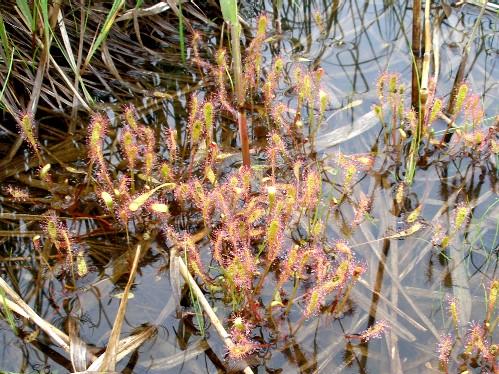 1 1 |
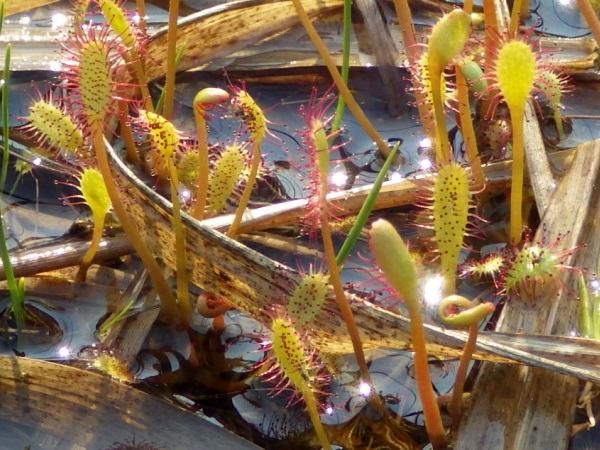 2 2 |
[1] on June 20 2008. the locality is non-disclosure for saving this species. [2] on July 4 2025. on May 24 2015, partly D. obovata.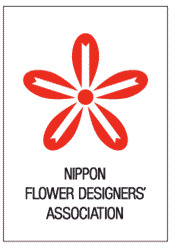 This work is partly supported by Nippon Flower Designers' Association in 2017 and 2018
This work is partly supported by Nippon Flower Designers' Association in 2017 and 2018
|
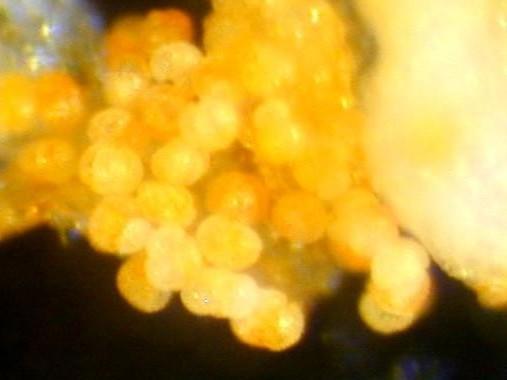 1 1 |
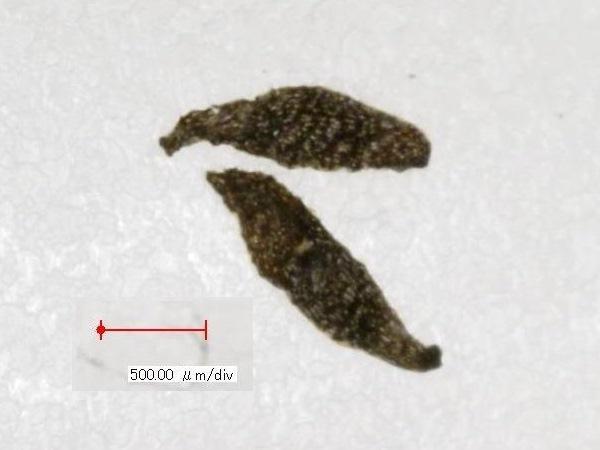 2 2 |
[1] pollen grains of D. anglica (plausible) observed under a binocular stereomicroscope. The plant sample was collected a few days bofore taking the photos on July 5 2005. [2] seeds taken by a microscope (VH-5500, KEYENCE/キーエンス) on April 10 2013. Compare to the seeds of D. rotundifolia. |
|
= D. anglica × rotundifolia: 2n = 30 Sajibamousengoke (サジバモウセンゴケ, 匙葉毛氈苔) |
establishing with the populations of D. anglica and D. rotundifolia |
Fertility: infertile in nature |
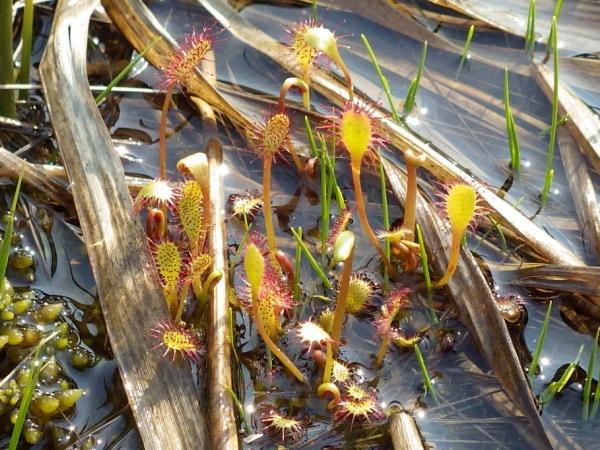 1
1
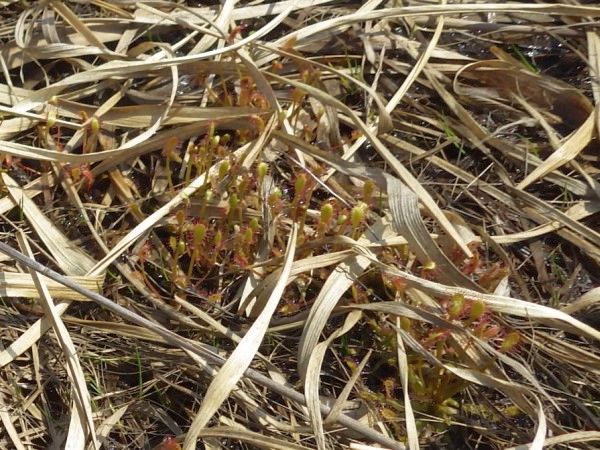 2
2
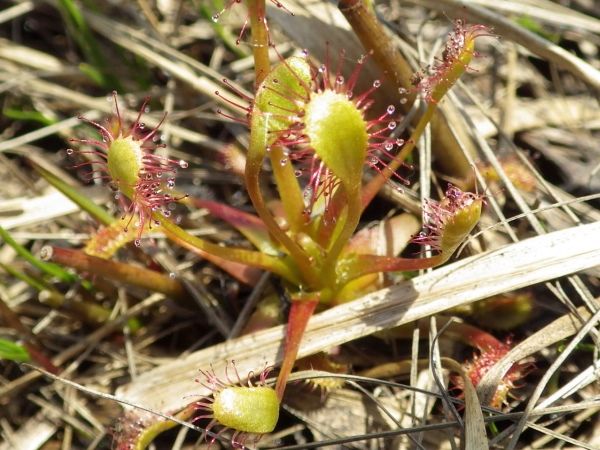 3
3
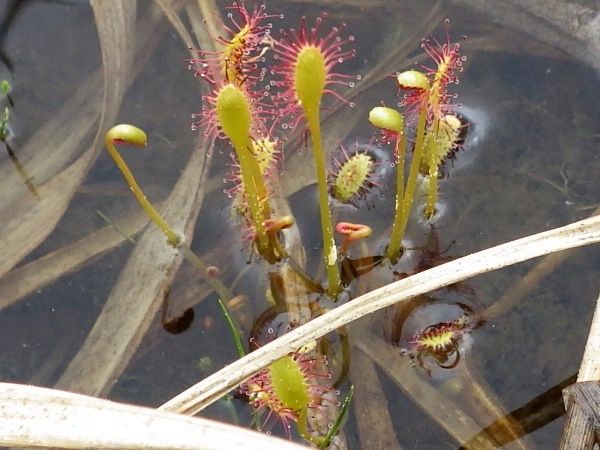 4
4
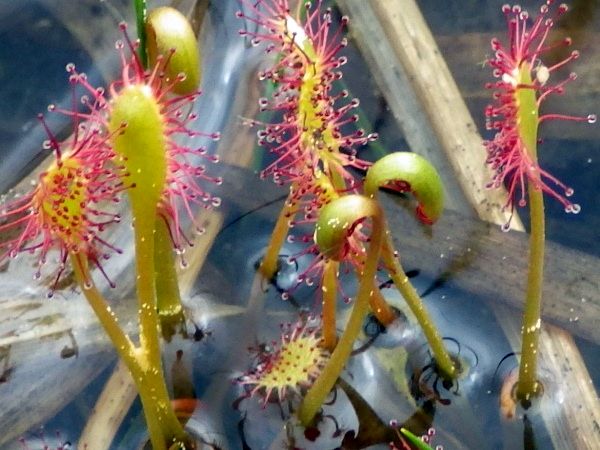 5
5
[1] on May 24 2015. [2/3] on May 22 2016. [4/5] on May 29 2017.